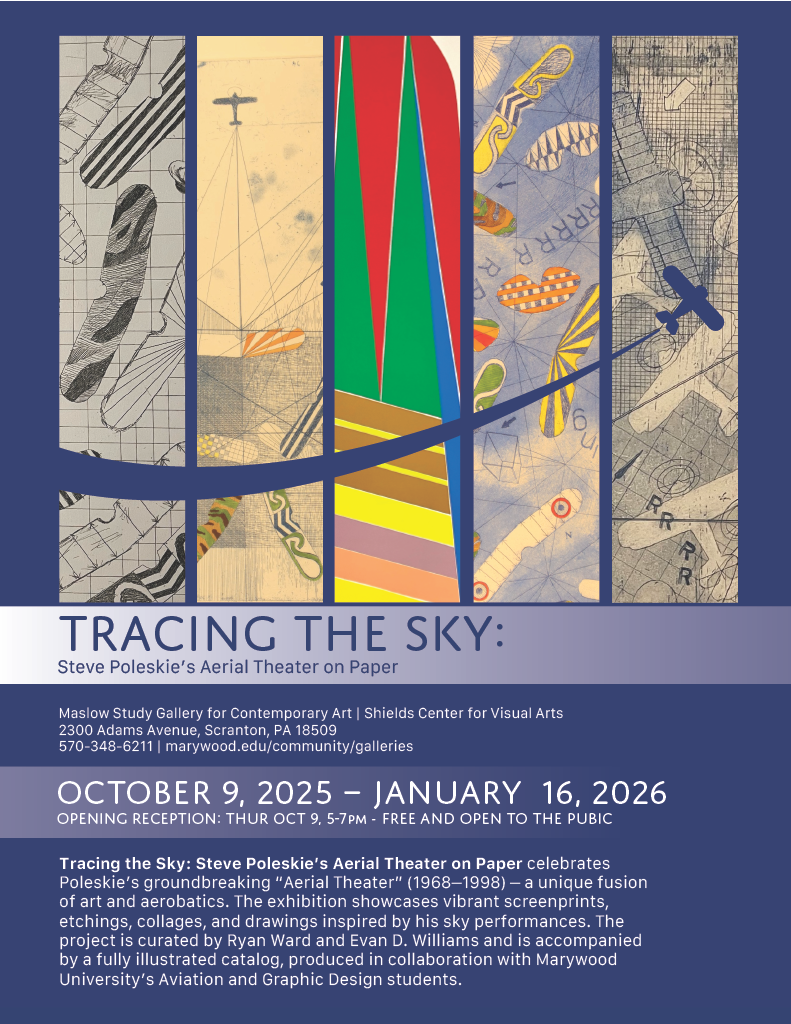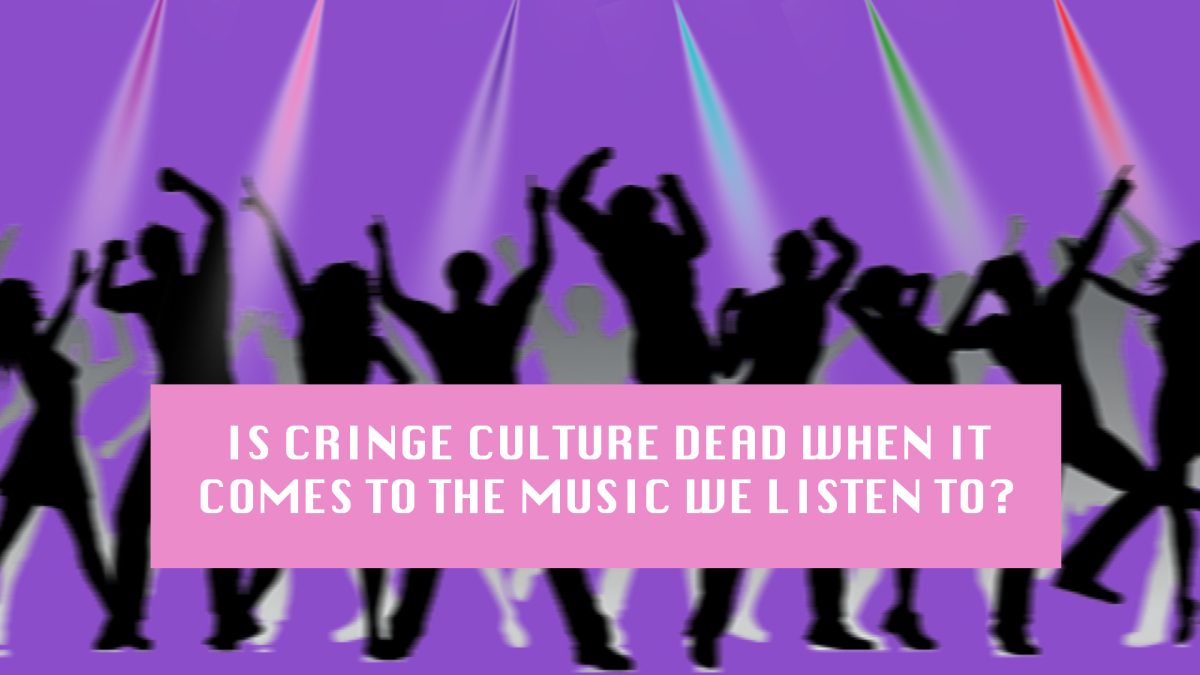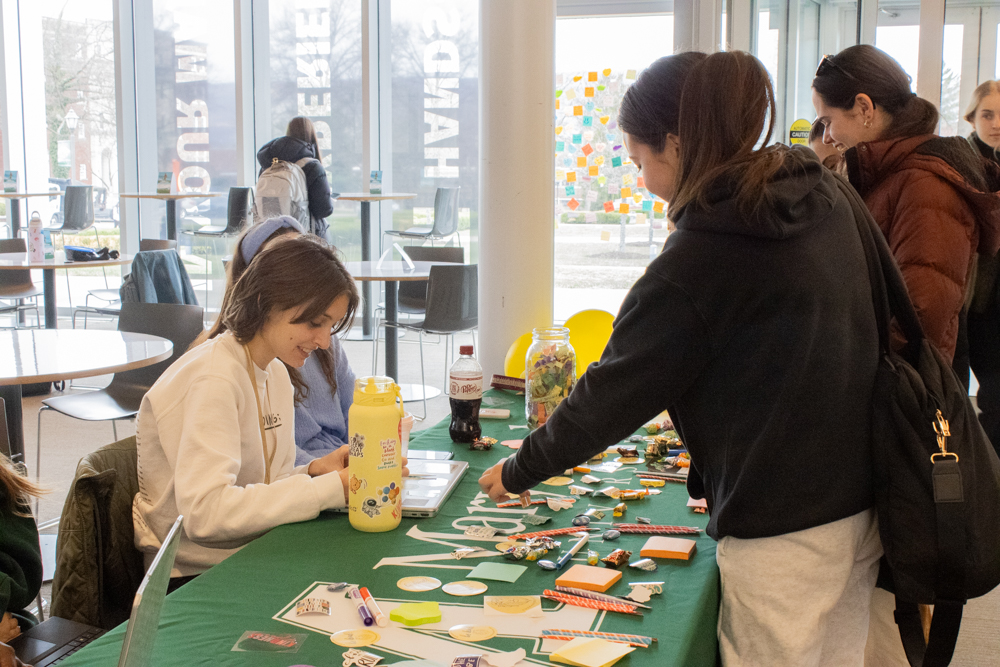It’s no secret that overconsumption is at an all-time high in the fashion world, but is that the biggest problem? I think not. Our biggest issue is the decrease in longevity due to fast fashion brands. I mean with options like Shein, Amazon and Forever 21 it’s pretty easy to see the low price tags and decide to purchase 10 new tops and stay “trendy.” But, truthfully, how often will these items see the outside of our closets or even last for that matter?
More items, lower costs and instant availability do not seem like something many would want to argue. However, our clothing usage has depleted significantly, along with the satisfaction we have of our recently purchased items. To keep up with the quick rise and fall, and the price point these brands are pushing, they have moved to using cheaper, synthetic materials like polyester or nylon. These materials do not last long for wear and often aren’t as flattering as the picture they were marketed with, leaving consumers to look for more and the fashion industry taking hard hits.
And where do these items end up that we quickly dispose of? Precisely 85% of all textiles are ending up in our landfills. The favored mediums we had just spoken of can take up to 1,000 years to break down. Not only are we losing out on our unique form of expression through fashion by repeatedly purchasing the same micro-trend items as everyone else, we are killing our planet.
We know designer brands are often not plausible for the majority of Americans to purchase from due to their price tags. And many people want to freely express themselves in more ways than three or four outfits in rotation. The dilemma is how can we continue to consume what we deem appropriate, likable and long lasting while still staying on budget and reducing the negative effects to our planet and the industry.
An amazing way to fight against fast fashion is purchasing items secondhand. “The Sustainability of Thrifting: How Secondhand Shopping Reduces Your Environmental Impact” explains the impact that secondhand shopping can make, stating “When you purchase a thrifted garment, you extend its lifecycle and contribute to a more circular economy.” By shopping secondhand you also have a lot more range in the aspect of finding items to offer more creative expression through fashion.
Another great way to reduce your use of fast fashion is to stop purchasing items for one specific event when you don’t truly love it. Think Hawaiian luau at schools: How often are you really going to wear that beachy button up outside of the event? Instead, buy an item that can be utilized outside of the theme as well, giving more longevity to your item. When we shop more sustainably, and are actually searching for items we will reuse, we do not need to focus solely on consumerism.
And finally, recycling, donating and upcycling are amazing ways to keep clothing from ending up in landfills while allowing others to continue to shop sustainably. Reduce, reuse and recycle… your clothes.
Contact the writer: [email protected]






















